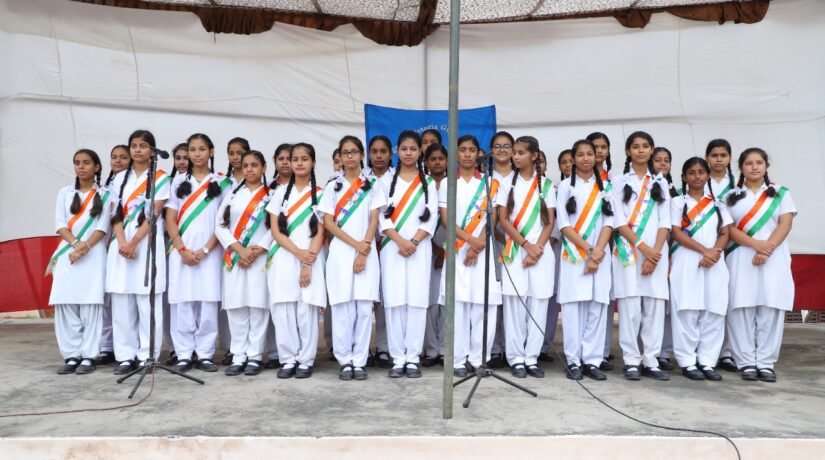Introduction
Education systems worldwide are shifting towards flexibility, adaptability, and student well-being. CBSE’s decision to introduce two board exams annually for Classes 10 and 12 is a progressive step that aligns with these principles. This update caters to diverse learning paces and allows students to excel without the burden of a single high-stakes exam.
Why Two Exams?
The traditional single-board exam often caused undue stress among students, with their entire academic performance resting on one attempt. The new model offers students an opportunity to reassess, improve, and retain their best score.
How It Works
- Two Chances to Excel: Students can appear in two exams held during the same academic year.
- Retaining the Best Score: Only the better score from the two attempts is considered for their academic record.
- Encouraging Resilience: The system encourages students to learn from mistakes and try again.
Education is the most powerful weapon which you can use to change the world.
Benefits for Students
- Reduced Pressure: Knowing they have a second chance alleviates anxiety.
- Improved Results: Students who underperform in their first attempt can work on their weaknesses and improve.
- Equity in Education: The system supports students facing unforeseen circumstances, such as health issues or personal challenges.
The Role of Schools and Parents
Schools must create schedules that prepare students for both exams while balancing the curriculum. Parents, meanwhile, can use this system to instill resilience and a growth mindset in their children.
Global Context
Countries like the United States offer multiple testing windows for standardized tests like the SATs, emphasizing opportunities for improvement. CBSE’s initiative aligns Indian education with these global best practices.
NOTE: This is just a proposal from CBSE, Schools and the board are still in discussion to finalize it, it’s not official yet.
For official details, visit the CBSE guidelines.



